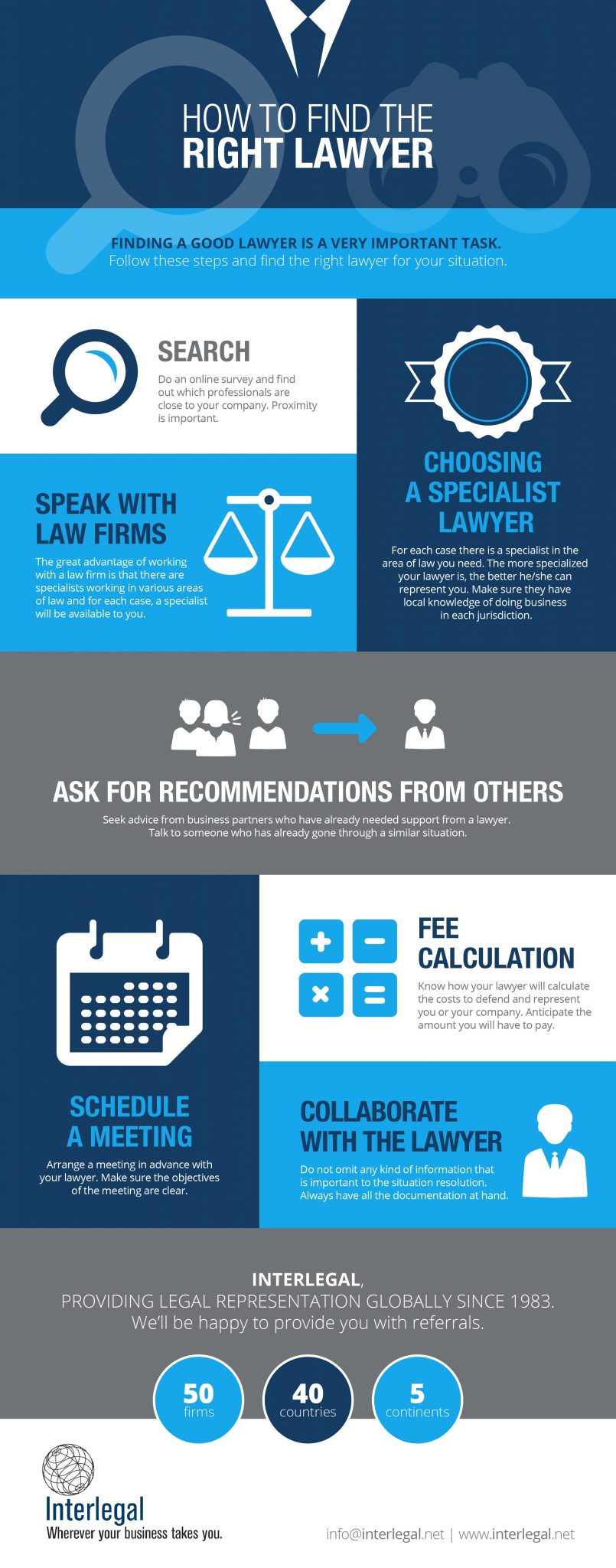Recognizing The Process: A Typical Divorce Instance Timeline
Recognizing The Process: A Typical Divorce Instance Timeline
Blog Article
Published By-Huynh Coffey
As you start the journey of navigating a divorce instance, you might find yourself wondering about the timeline that lies in advance. From the initial stages of submitting files to the complexities of arrangement and the possibility for a trial, each action holds its own set of challenges and unpredictabilities. Recognizing the series of occasions can assist you prepare for what's ahead and prepare for the twists and turns that may occur in the process.
Initial Filing and Service of Files
When beginning the divorce process, the first step is the preliminary declaring of the necessary files with the court. This step officially starts the legal procedure and sets the separation case in motion. You need to send types that outline the grounds for divorce, properties, responsibilities, income, expenses, and any other relevant information required by the court.
After submitting these documents, duplicates need to be offered to your spouse, notifying them of the divorce procedures. This solution can be done through a process-server, constable's office, or licensed mail, making sure that your partner is formally informed of the separation situation against them.
As soon as the files are filed and offered, the court will give a situation number and appoint a judge to look after the case. It's vital to precisely finish and file these papers, as any type of errors or noninclusions could delay the divorce procedure.
This first step lays the foundation for the legal dissolution of your marital relationship, noting the start of a potentially challenging however needed procedure.
Exploration and Settlement Stage
During the Exploration and Arrangement Phase of a divorce case, both celebrations take part in gathering info and trading appropriate papers to much better comprehend each other's economic circumstances and various other significant information. This phase is essential as it sets the structure for settlements and possible settlement arrangements. With methods such as interrogatories, requests for manufacturing of papers, and depositions, each party aims to discover realities, properties, debts, and other crucial information that might impact the instance's end result.
Negotiations during this stage usually entail conversations on various concerns like property department, youngster guardianship, visitation schedules, and financial backing. go to website might deal with their attorneys to explore negotiation choices, possibly avoiding the need for a test.
Mediation or collaborative regulation processes may also be used to promote productive conversations and get to equally acceptable arrangements. It's necessary to approach this stage with openness, sincerity, and a willingness to endanger to attain a smoother resolution and reduce the psychological and financial toll of a lengthy court fight.
Trial and Final Resolution
Moving on from the Discovery and Arrangement Stage, the Trial and Final Resolution phase notes the culmination of your separation instance. This phase is where unresolved problems are brought before a court to make decisions on issues like possession division, kid guardianship, and assistance. The test generally involves presenting proof, witness testimonies, and lawful debates to sustain your instance.
Throughout the trial, both events will certainly have the opportunity to present their positions and counterarguments. It's vital to be prepared, as the judge's choice will considerably affect the final result of your divorce.
Complying with the trial, the court will release a last judgment that outlines the terms of the divorce, consisting of any economic negotiations and guardianship arrangements.
When the judgment is released, the divorce is finalized, and both parties are legitimately bound by its terms. While the trial stage can be stressful and psychological, it's a necessary action in the direction of reaching a last resolution and moving on with your life post-divorce.
Conclusion
Finally, browsing a divorce situation includes a series of actions from filing preliminary files to reaching a last resolution. Recognizing the timeline of occasions can assist you plan for what to anticipate throughout the process. By being positive, looking for legal guidance, and remaining notified, you can browse the intricacies of separation proceedings with confidence and clarity.
